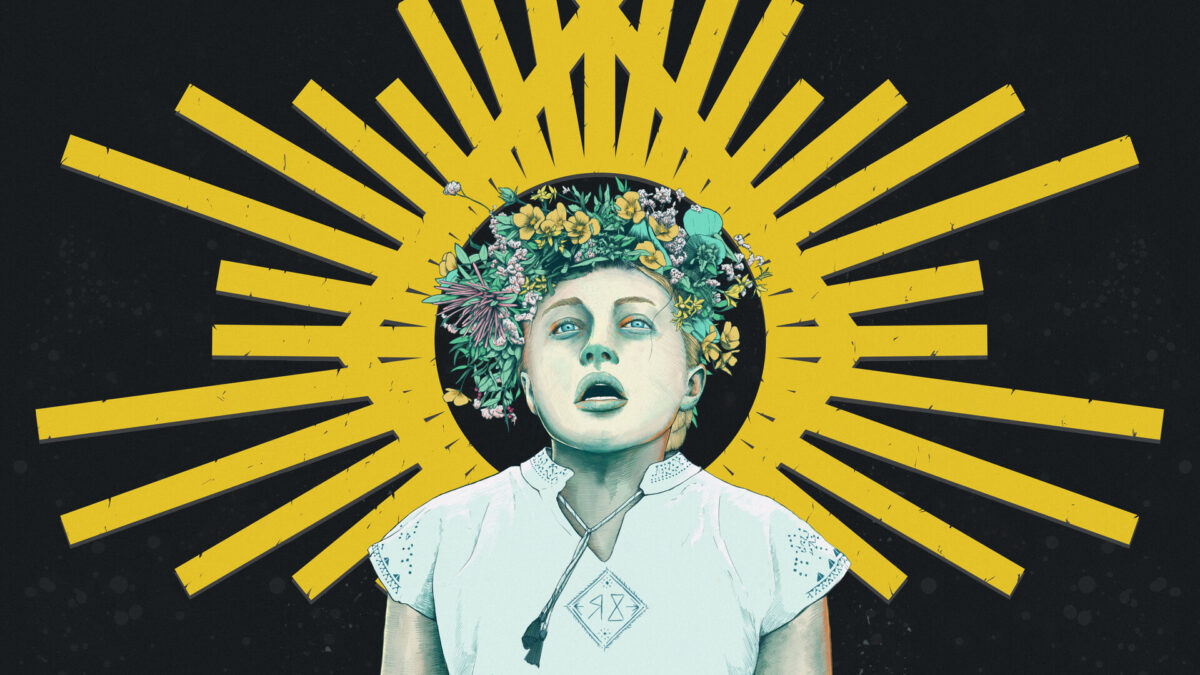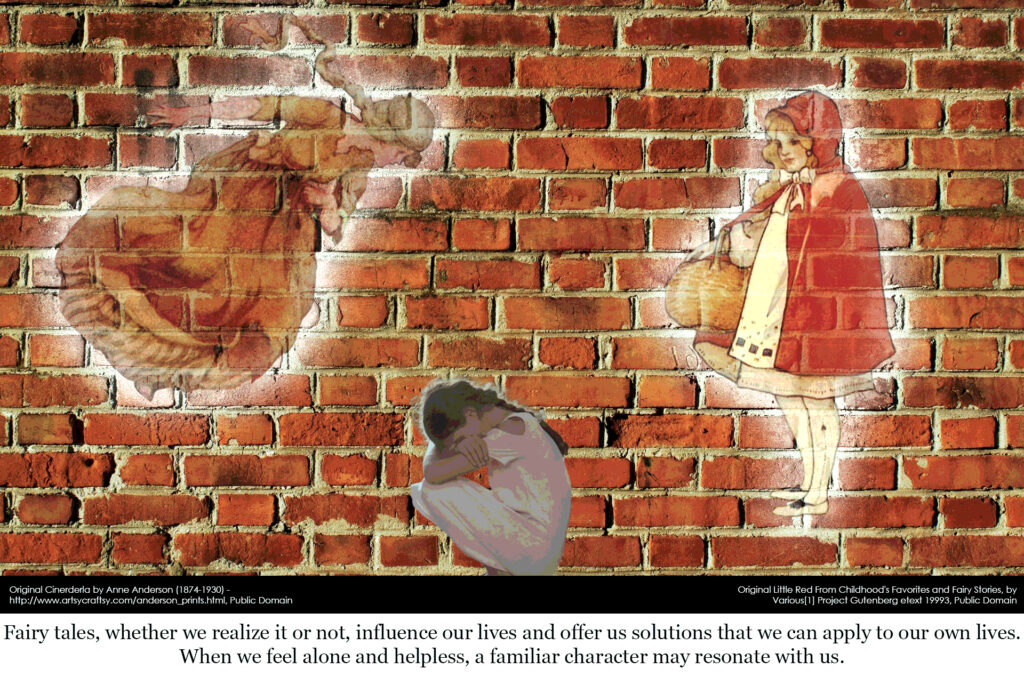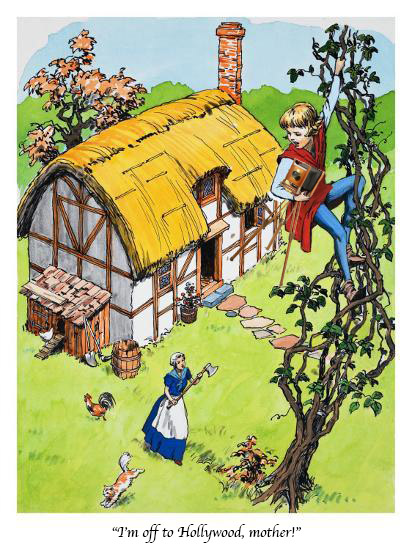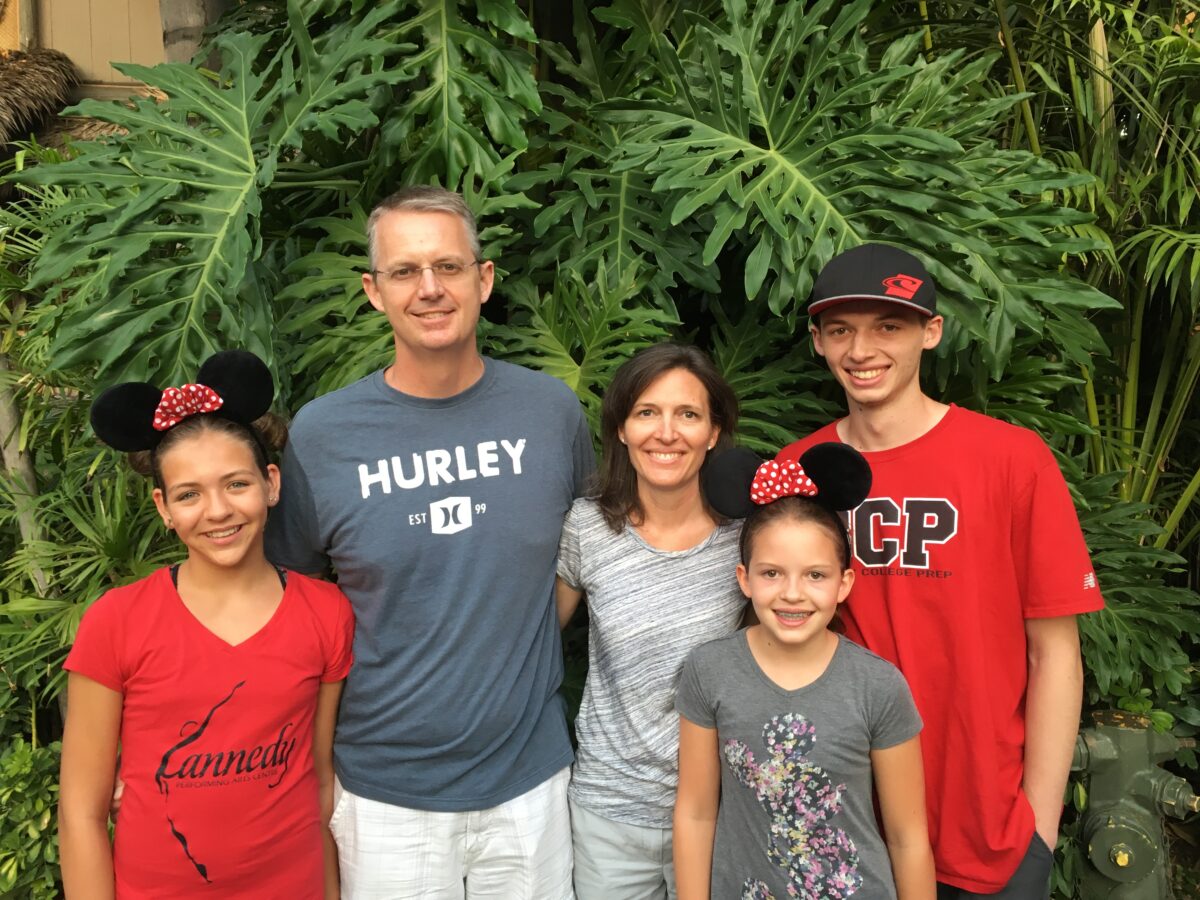By Alex Alford
I love horror movies. The ghosts, the gore, and the scares have always resonated with me in a way I cannot explain. As we began reading fairy tales, I was struck by how macabre many of them were. These stories were dealing with cannibalism, serial killers, and evil curses… I thought these elements made them much more interesting, and surely, that was the goal of writers in the 1600-1800s: to make these stories entertaining for children and adults alike. These stories reminded me of a horror movie I had seen recently. Midsommar (2019) is a film by writer/director Ari Aster that details what happens when several unsuspecting American students venture to a Swedish summer solstice festival that happens to be run by a cult. The movie itself is fantastical, and Aster himself has described the film as “more of a fairy tale than anything else.” In this video essay, I’ve broken down Aster’s observation, exploring what exactly it is that makes this harrowing movie a modern-day pastiche of classic fairy tales.
Full script below:
“When was the last time you were scared by a fairytale?
About his 2019 horror film Midsommar, writer/director Ari Aster is quoted as saying, “I see the film as a fairy tale more than anything else.” However, anyone who knows exactly what Midsommar is about may tend to disagree. Midsommar tells the story of a group of American graduate students who travel to a summer solstice festival in Sweden put on by the Harga, a small, isolated community where nearly everyone is related. Over the course of the week, all of the friends are murdered as sacrifices for the festival except for one, Dani, who is crowned festival queen and indoctrinated into the community as a new member. It’s a hauntingly beautiful film, a horror that takes place during broad daylight. It disturbs you, it makes your stomach churn, and it sticks with you for weeks after viewing. This isn’t exactly the same reaction I had last time I watched Sleeping Beauty.
But let’s take what Aster said and consider it. What does Midsommar share with fairy tales that other horror movies don’t?
The most immediate explanation for Aster’s claim is the film’s style. Shot in the Swedish countryside, this film is nothing short of beautiful. There are lush forests, beautiful pastures, cows, and quaint wooden cottages. The characters dress in robes, participate in feasts, and technology is all but absent from the film. This film relies very heavily on production design to create a fantastical environment. Characters don gowns made of flowers, do ritualistic dances around a totem pole, play flutes, and ride in carriages. From the murals that feel as though they were painted 200 years ago by folk artists, to the fact that the Harga people themselves prefer runes as their form of written communication, everything about this movie feels distinctly old-world – it feels like once upon a time. However, the events that unfold – murder, incest, suicide, and deceit – do not. None of the fairy tales I read as a kid dealt with anything remotely like this. “Little Red Riding Hood” and “Cinderella” were about stranger danger, kindness, and forgiveness. Not lust, loneliness, and paganism.
However, this might just be because I was reading the wrong versions.
Those who have seen Disney’s “Cinderella” might remember that nothing really happens to the stepsisters. However, in the Brothers Grimm version, the sisters cut off their heels to fit into the shoe, and at the end have their eyes pecked out by birds as punishment for their transgressions. I mean, have you ever seen the Brothers Grimm Movie? That thing was nightmare fuel for me as a little kid. If you’ve read the original “Little Mermaid,” by Hans Christian Anderson, you know that at the end of the story, the little mermaid is forced to choose between killing the prince or killing herself and ultimately commits suicide, spending the rest of her life in purgatory. In one of my favorite fairy tales, “Fitcher’s Bird,” a young maiden uses magic to bring her sister’s dismembered bodies back from the dead, then burns the sorcerer who killed him alive.
Most fairy tales in their original versions are quite scary. Even modern retellings keep some of these attributes – after all, no one can deny that “Hansel and Gretel” is a story about cannibalism no matter how cute the gingerbread house is. At their core, one could say that fairy tales are the original horror stories. These tales have always been a bit horrifying, and it’s only through adaptations to film (mostly by the Walt Disney company) that the stories became sanitized for children and are viewed by society as ’sweet and beautiful.’ This is because 200 years ago, kids weren’t coddled in the same way they are now. These stories were to teach morals, justice had to be served, and, at the end of the day, these gruesome tales made for great entertainment for both children and adults alike.
Both Midsommar and many original fairy stories find their roots in folk horror. Folk horror is a subgenre that deals with settings that feel “old world” – cottages in the woods, small villages… isolated Swedish communities. They often deal with the topic of religion (like many Grimm fairy tales), and we see play into Midsommar heavily. It’s a type of Paganism really, an anti-church that the Brother’s Grimm would probably cringe at, as many of their stories featured Christian symbolism, imagery, and morals. Folk horror concepts often come from ancient folklore. In the development of Midsommar, Aster studied folklore from Swedish, German, and English cultures. Folklore, by definition, is a verbal art. Fairy tales, much like Midsommar itself, find their roots in verbal folklore – stories told by women in villages to children and families around a campfire. Stories that ebbed and flowed with the time and passing of generations of kinsfolk until someone, usually a man, wrote them down.
Fairy tale scholar Vladimir Propp asserts that all folklore and fairy tales follow similar tropes and a specific structure. Using Propp’s fairytale functions, we can actually analyze Midsommar to see if it is a fairytale on a quantifiable level.
Nearly every fairytale starts with ABSENTATION, AKA the death of parents, and Midsommar is no exception – Dani’s parents and sister die at the beginning of the film, and thus she becomes a poor maiden. Not materialistically, but rather emotionally. From there, Dani heads out on a grand voyage to a faraway place – a new kingdom, as it were – Sweden. Dani’s courted by a false hero – her horrible boyfriend Christian, who spends his time disregarding her feelings and gaslighting her. Dani is rescued by a dashing Prince, Pele – however, the dramatic irony is that he’s a member of the villainous community that’s murdered Dani’s friends. However, the community crowns Dani as Queen. She’s elevated from emotional poverty to royal status, like so many rags to riches tales we’ve seen before. The community also helps expose her boyfriend’s transgressions, and they dress him in a bear suit before setting him on fire and burning him alive. Through this, he quite literally becomes the beast of the story.
Through these tentpole moments, we see that Midsommar, unlike other recent folk horror movies such as Robert Eggers the witch, successfully turns a folk horror film into a startlingly true-to-form medieval fairy tale. When one hears Aster say something such as Midsommar is “The Wizard of Oz for perverts,” one might go into the film believing it to be a parody of folklore and pagan customs. However, what one instead finds is a pastiche of the highest degree – a celebration of the macabre elements that so defined original fairytales. Hundreds of years ago, fairytales used ghastly depictions of violence to teach children not to talk to strangers. Following after classic fairytales, Midsommar, too, comes with a moral. In a modern twist, Ari Aster teaches us in the most harrowing way that cutting toxic people out of one’s life and surrounding ourselves with those who truly appreciate us is one of the hardest but most important forms of self-care.
For better or for worse.”









